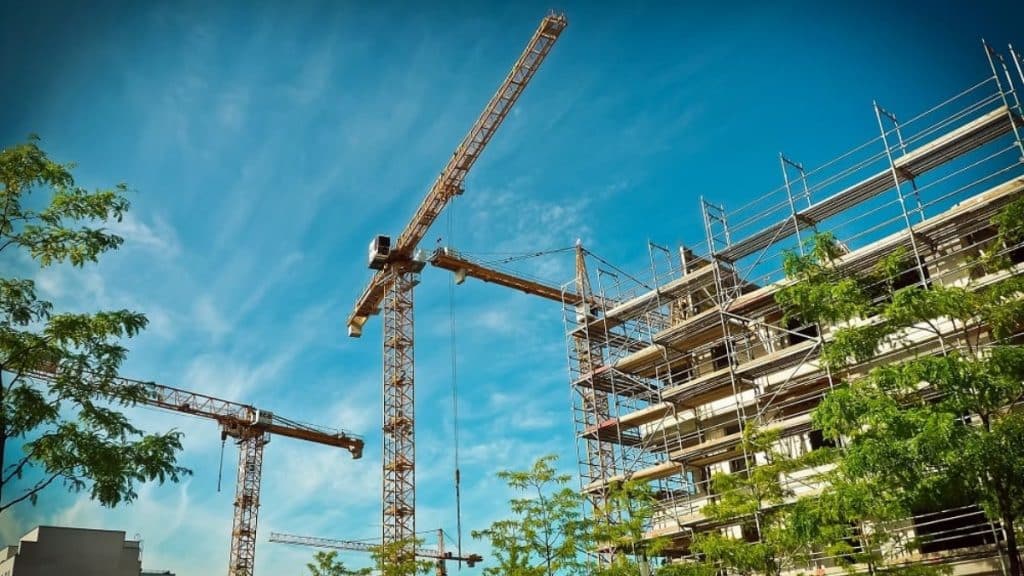In commercial construction, proper scaffolding is key to safety, efficiency and a smooth project execution. Because construction projects are becoming increasingly complex, scaffolding systems are essential to give a safe and stable platform to workers at high distances.
Safety first: Minimising risk of accidents
Safety is the most critical aspect in any construction scenario, especially when working at significant heights. With scaffolding, the chances of a worker suffering a fall, which is one of the major causes of accidents in construction sites, is mitigated. As long as the scaffolding is set up and cared for properly, the chance of incidents occurring within any environment is also lessened, making it easier for workers to devote their attention to safe work. Bracing an adequate scaffold requires meeting various safety codes, including proper guardrails and stable footing, to eliminate the risks to the employees.
Enhanced efficiency and productivity
Proper scaffolding not only ensures safety but also makes a construction site more efficient and productive. It makes it easier for workers to get to elevated spaces or spaces that are difficult to access. This minimises time spent on climbing ladders or using less safe makeshift alternatives. This controlled access enables the workers to finish the pieces of work with minimal time and effort. Any tasks such as painting, installation of windows, and ceiling work that are done with the help of scaffolding reduce the time spent on those tasks, thus speeding up the overall construction process.
Versatility for complex projects
Commercial construction projects often involve complex designs, and hence, scaffolding needs to be both flexible and adaptable. The right scaffolding systems are flexible and can perform a wide scope of functions, from securing and supporting external walls to complex detailed works in the interiors. Scaffolding may be tailored for each project and can range from working on a high rise to detailing a complex. It is this property that scaffolding becomes an integral part of construction as the workers are able to perform various tasks without losing safety or quality.
Compliance with building regulations
In commercial construction, following local regulations and building codes are critical for the success of a project. Regulatory bodies require scaffolding to meet specific requirements for it to be safe in supporting workers and equipment. The use of proper scaffolding that will comply with these standards prevents construction companies from these fines, delays and legal issues. Laziness in putting forward the right scaffolding can be a significant hindrance, not just in terms of safety but also in being on time and maintaining a favourable industry record.
Cost savings through proper scaffolding
Purchasing high-quality scaffolding may appear expensive upfront, but as time goes on, the benefits outweigh the initial costs. Good scaffolding installation will minimise the probability of having accidents, causing timeline delays and interruption of the project – all of which are additional costs for a construction business. Moreover, productivity increases as a result of the presence of scaffolding, which aids in the timely completion of projects, helping to avoid expensive delays. Also, properly maintained scaffolding systems are carried forward to the next jobs, reducing the costs of the construction business.
To summarise, scaffolding is an indispensable part of commercial construction. Also, reliable commercial scaffolders are essential in the process as they ensure that all scaffolding systems are appropriate to the project’s needs. Scaffolding helps to provide safety assurance, enhance productivity, and adhere to regulatory standards when well planned, installed, and maintained.
